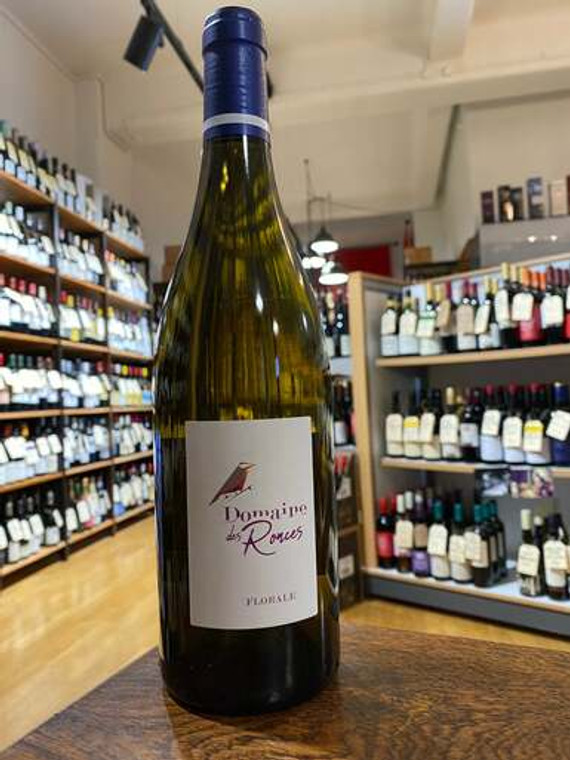
Domaine des Ronces - 'Florale Chardonnay' 2015 JURA - (Duplicate Imported from BigCommerce)
"Chardonnay grape variety, imposes its elegance, its fine nose, long in the mouth develops very subtle aromas.
This wine offers a bouquet of freshness where peach, pear and exotic fruit are confined. "
Domaine des Ronces
The estate was founded in 1950 by Georges MAZIER in the town of Orbagna, located in the south of the Jura vineyards, on the AOC COTES DU JURA.
The exploitation was resumed in 1986 by Michel MAZIER, son of Georges. Over the years the estate has grown to 6 ha.
In 2010, the domain started conversion to organic agriculture and it was certified ORGANIC in 2013. In 2014, the domain began focusing on biodynamics (using natural plants and horn dung, silica and wicker tea for treatment).
In 2016, the estate was certified Demeter and his son, Kevin, took over the reins.
The range is very varied: from floral white to typical white, Pinot red, Poulsard, Trousseau to Rosé, Crémant Blanc, Blanc de noir to Crémant Rosé and without forgetting straw wine and Macvin.
Chardonnay
The Jura
The Jura is a region in eastern France, between Burgundy and Switzerland. Between Burgundy and the Jura is La Bresse, flat land lying on either side of the river Saône. The vines start when the ground begins to rise to the east and towards a large limestone plateau. The climate is continental, long cold winters and hot summers but with more rain than in Burgundy. The two vineyards, incidentally, are only about an hour's drive away. But the feel is different. The Jura seems to me always greener, lusher, which would offer an explanation, surely, for the extraordinary array of cheeses.
The land under vine occupies a very small area among the foothills of the Jura, amounting to about 2,000 ha, although prior to phylloxera it used to be ten times the size. It is one of the smallest wine regions in France. The soil, not surprisingly, is limestone but with overlays of clays of varying hues which account for both the number of grape varieties used and for the complex nature of so many of the wines. Vines are trained quite high in order to avoid spring frosts. Growers in the Jura need plenty of patience and nerves of steel as the harvest can easily extend into November.
The Jura is famous for its eccentric varieties. Today there are five of them including three reds. At one time there may have been 40 or more.








